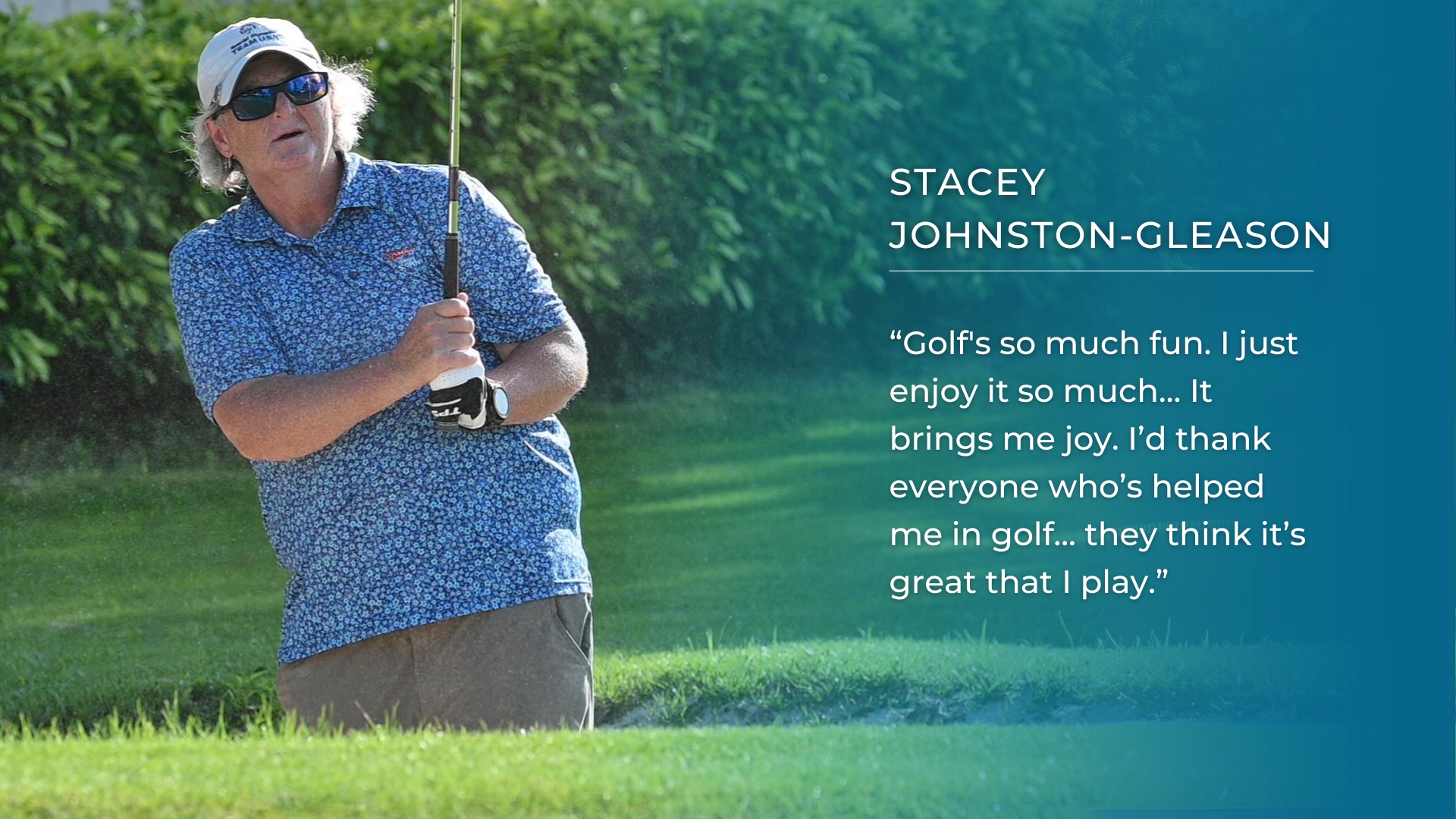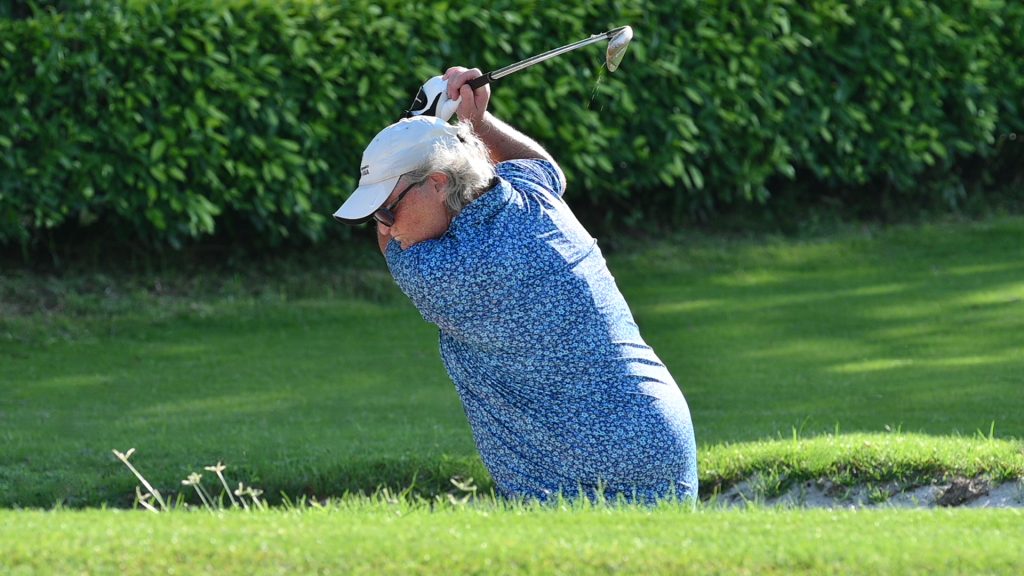
Stacey Johnston-Gleason lives practically on the first tee box of the Mission Mountain Golf Course, a flat sweep of green nestled against the rugged peaks of western Montana. To some, living on ‘Hole One’ might sound like a flippant remark, but to Stacey, it’s something more—a way of being, a kind of metaphor for how she’s tackled life: one shot, one challenge at a time.
It’s been this way since 1995, when she first hefted a golf club, clumsy in her hands, at the urging of a coach whose husband played the game. Before that, golf had been an alien landscape, unknown to a kid from the remote reaches of Montana. But once she made contact, something clicked. “I had a natural swing,” Stacey recalls, her face lighting up with a memory like the crack of a driver on a good day. It wasn’t easy, not at first. There were frustrations, the odd flubbed shot. But soon, she was playing in Special Olympics tournaments, her game honed and driven by a joy that seemed to spill out of her every time she stepped onto the course.
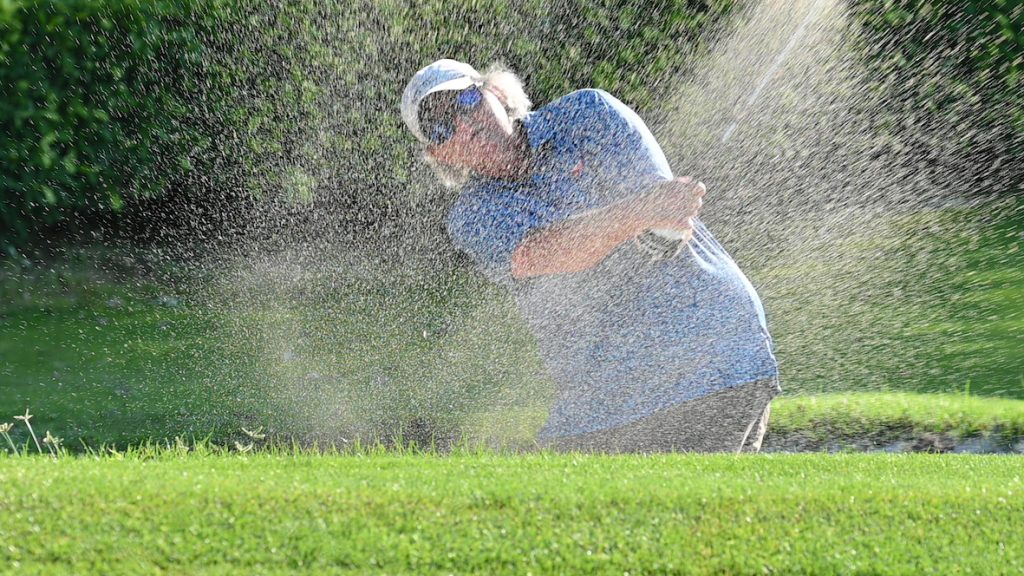
That joy, it turns out, has carried her far. She has played across the country, teeing it up in prestigious events like the National Invitational Tournament for Special Olympics North America, notching a personal best of 75, her handicap dipping down to a highly respectable 11.6. Stacey plays well, really well. But more than that, she belongs. “I can play with the regular public,” she says, savouring the words. She talks about it like a place she’s arrived at, an arrival that, in some ways, mirrors her own journey through life.
Stacey’s story, though, hasn’t been one of steady straight putts. It’s had its tricky lies. There was the detached retina, for one, that threw her depth perception out of whack, making the game she loved infinitely harder. “I had to relearn golf,” she says, and there’s no self-pity in her voice, only resolve. She hits the ball fine, great even, but admits putting has become difficult. The green’s subtle contours escape her now, but you get the sense that if Stacey had a hundred tries, she’d figure it out. “I’m not the best putter, but I do hit the ball well,” she says, a slight shrug, like she’s already lining up the next shot in her mind.
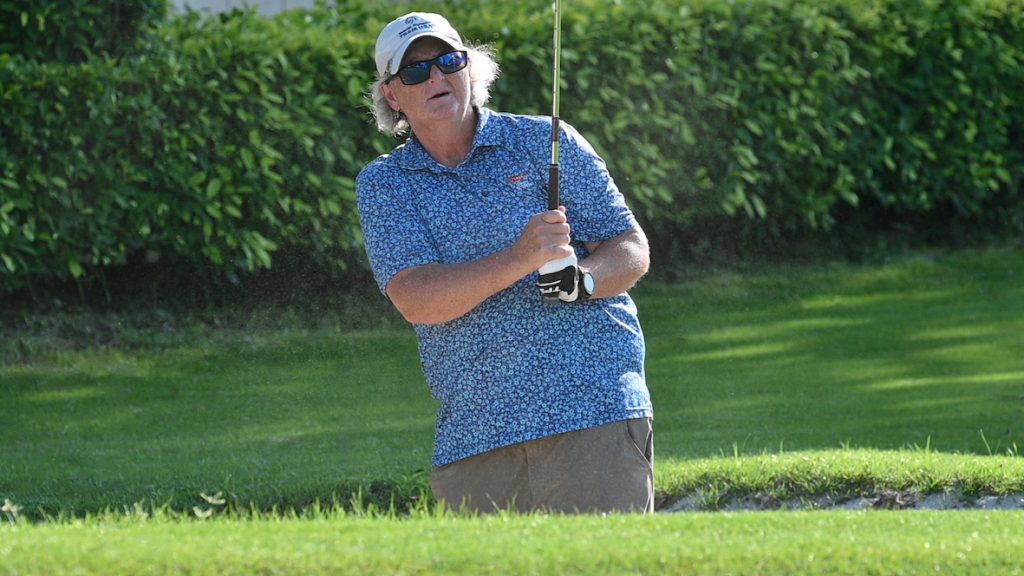
Her connection to the Special Olympics runs deep. Born with fetal alcohol syndrome and adopted later in life, she found her family through the community that had already given her so much. It was the Special Olympics that introduced her to her adoptive parents, an unexpected but serendipitous turn. “They don’t play golf,” Stacey says, almost laughing at the irony, “but they think it’s great that I play.” They come to her tournaments, cheer her on, her biggest fans, even if they don’t know the difference between a sand wedge and a 5-iron.
And yet, for all that golf has given her, it’s not just a game to Stacey. It’s a lifeline, a thread of connection, not only to the fairways and greens but to something bigger. Golf, for Stacey, is a world where she’s valued not for her challenges but for her abilities. It’s there in the ‘scrambles’ she’s invited to play, the way her teammates lean on her reliable swing. Her presence on the course is magnetic, her enthusiasm infectious. She belongs, and she’s earned it.
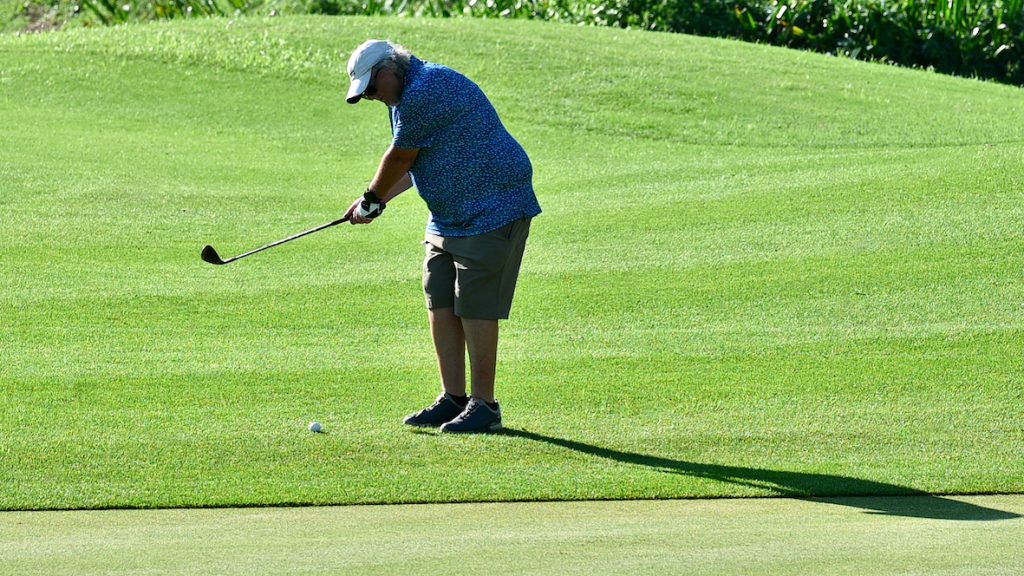
Her aspirations extend beyond the wide Montana skies. There’s a sparkle in her eye when she talks about the USGA’s adaptive tournaments. “I’ve always dreamed of going to the USGA,” she confides. It’s a dream punctuated by practical hurdles: the cost of travel, the paperwork, the logistics of making it all happen. But if there’s one thing clear about Stacey, it’s that obstacles are just another kind of opponent. She’s faced them before, and she’ll face them again, always with a smile that says, “Watch this.”
In the meantime, Stacey finds her way at the Mission Mountain course, where she works with the carts, helping out in exchange for the privilege of playing as often as she likes. And when she’s not on the course, she’s giving back in other ways, too. Her work with Bank of America, teaching financial literacy to fellow Special Olympians, brings her a different kind of satisfaction. She calls the programme ‘Money Habits’, a way to help others manage their finances, something she knows can be just as tricky as a downhill putt.
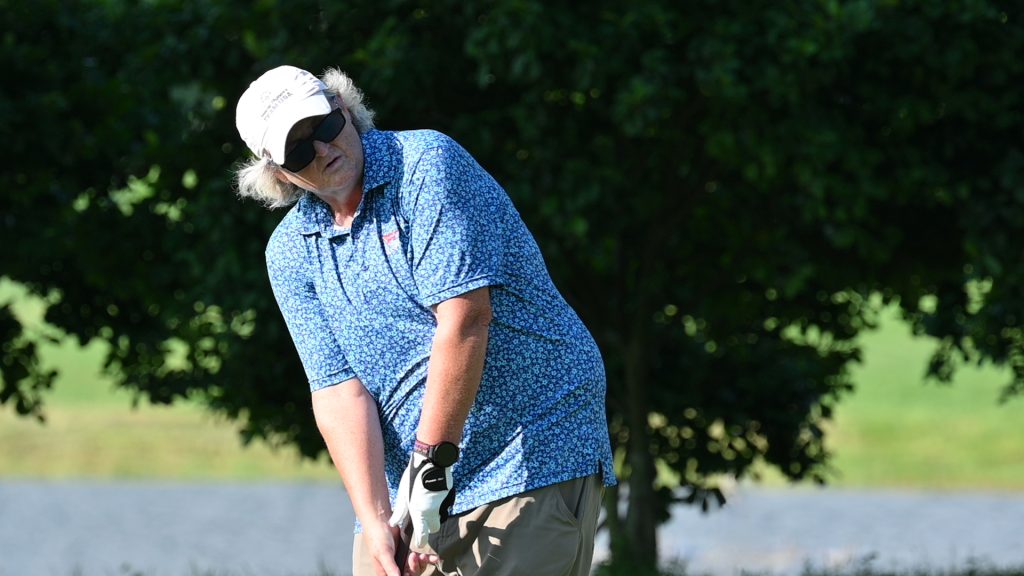
Stacey’s story is one of resilience and joy, but it’s also about connection—how a kid from Montana who’d never heard of golf found a place where she could shine. It’s a story about overcoming, not just the physical hurdles but the invisible ones too. “I think I’d thank everyone who’s helped me in golf,” she says when asked to reflect. There’s a quiet acknowledgment there, a recognition that her journey has been guided by more than just her own determination.
As for her next goal, Stacey has got her eye on something big. “I’ve never been a single-digit handicap,” she admits, the competitor in her coming through. “I’d love to get there.” And knowing Stacey, that’s not an idle dream. It’s a marker on a course she’s already mapped out in her mind.
For now, she’ll keep showing up, teeing off on “Hole One”, where she lives—in more ways than one.
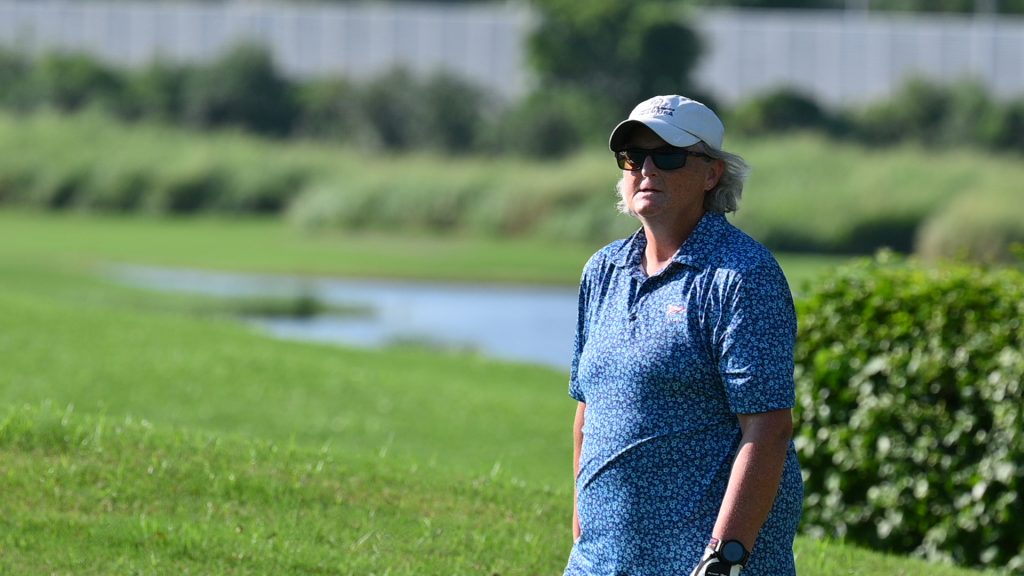
NB: When using any EDGA media, please comply with our copyright conditions


